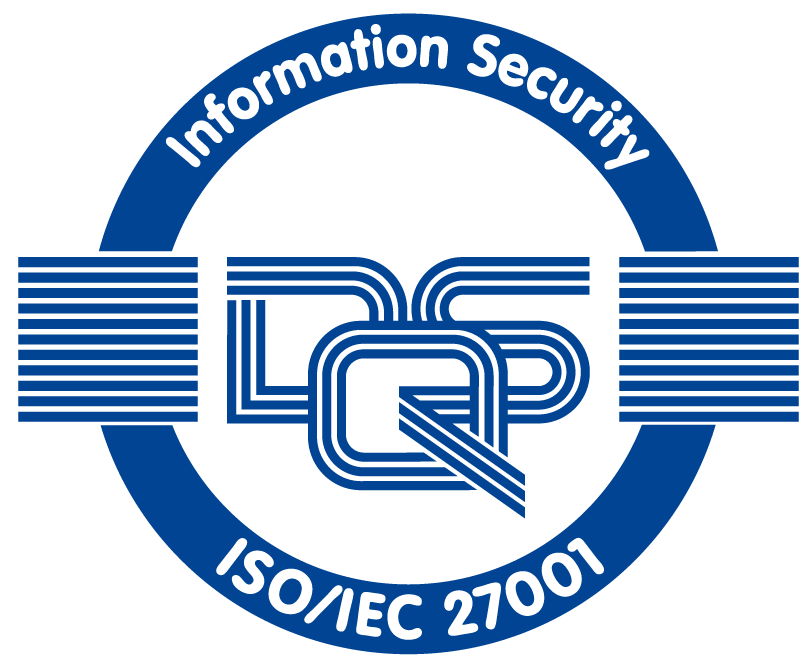
Medical imaging is central to diagnostics, treatment planning, and follow-up care in modern medicine. However, as imaging technologies have evolved, so have the complexities of managing the vast array of images generated. The need to standardize medical imagery has become increasingly apparent due to the wide variety of modalities, parameters, and clinical scenarios involved. Standardizing these images—while challenging—has far-reaching benefits for clinical workflow, medical research, and artificial intelligence (AI) applications. In this text, I will explore the importance of standardizing medical imagery, the challenges encountered at both the sequence and study levels, and how AI can help transform this critical aspect of healthcare.
Standardization in medical imaging ensures that images acquired across different sites, scanners, and protocols are harmonized into a uniform format that can be easily accessed, understood, and utilized. The primary advantage is the seamless organization of these studies for internal and external purposes, including the proper indexing of images for clinicians, researchers, and AI developers. This becomes crucial in high-stakes environments such as large hospital networks, where multiple sites contribute to the imaging database.
Effective standardization facilitates study routing within the imaging inference pipeline, leading to faster and more reliable image processing and diagnostic workflows. Moreover, having standardized imagery helps develop robust display protocols in Picture Archiving and Communication Systems (PACS), ensuring that clinicians see consistent and meaningful representations of the anatomy. From a research perspective, the standardization of medical images exponentially increases the amount of data available for AI projects. AI models thrive on large datasets, and the aggregation of harmonized images across different hospitals allows for identifying new patient cohorts and patterns that can drive research and improved patient care.
Artificial intelligence has shown immense potential in overcoming the challenges associated with the standardization of medical imagery. AI-based models can be trained to automatically identify and correct image artifacts, classify anatomical regions, and optimize images for specific diagnostic purposes. This capability is critical in improving the efficiency and accuracy of both clinical and research workflows.
For instance, recent studies show that AI models trained on large datasets—comprising millions of standardized images—can achieve up to 90% accuracy in identifying anatomical structures across modalities, improving classification tasks, and detecting anomalies in series that would otherwise go unnoticed. AI algorithms can also analyze vast amounts of data, identifying patterns and correlations that clinicians might miss. These insights are crucial for identifying new patient cohorts for clinical trials and research.
The scalability of AI makes it an ideal tool for large-scale imaging networks. With over 3.6 billion medical imaging procedures performed annually worldwide, the ability to standardize, index, and analyze this data in a consistent and automated manner is invaluable. AI-driven standardization protocols can also facilitate multi-institutional collaborations, enabling the sharing of standardized imaging data while ensuring compliance with data privacy regulations.
The high potential of Artificial Intelligence to standardize medical imagery also comes with its own challenges. The training and validation datasets that are necessary to AI development must be prepared by qualified radiologists, who must know how to tackle the inherent variability in how images are acquired and processed. The complexity arises at two levels: individual sequence (series) and study level.
1.Challenges at the Series Level:
2. Challenges at the Study Level:
The standardization of medical imagery, although complex, is a necessary endeavor to improve the organization, analysis, and diagnostic potential of imaging data. The challenges encountered at both the sequence and study levels can be addressed through AI-based solutions, which enable efficient classification, artifact reduction, and the optimization of image quality. By standardizing medical imagery, we can expand the pool of data available for AI research, improve patient outcomes through more reliable diagnostics, and facilitate groundbreaking medical research. The future of radiology lies in embracing these technological advancements to create a cohesive and standardized imaging landscape.






Proudly awarded as an official contributor to the reforestation project in Madagascar
(Bôndy - 2024)